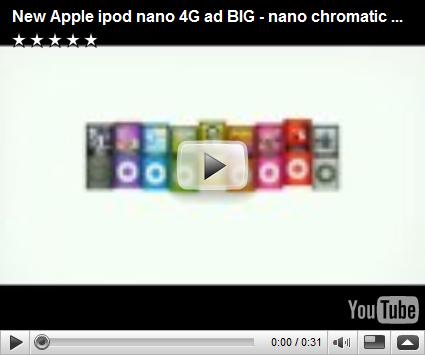I’ve always enjoyed reading Malcolm Gladwell, and yet some of his over-simplified discoveries have troubled me because they often ignore some logical alternatives to his explanations. Now in the New York Times Book Review, Steven Pinker elaborates on this problem.
An eclectic essayist is necessarily a dilettante, which is not in itself a bad thing. But Gladwell frequently holds forth about statistics and psychology, and his lack of technical grounding in these subjects can be jarring. He provides misleading definitions of “homology,” “sagittal plane” and “power law” and quotes an expert speaking about an “igon value” (that’s eigenvalue, a basic concept in linear algebra). In the spirit of Gladwell, who likes to give portentous names to his aperçus, I will call this the Igon Value Problem: when a writer’s education on a topic consists in interviewing an expert, he is apt to offer generalizations that are banal, obtuse or flat wrong.
The banalities come from a gimmick that can be called the Straw We. First Gladwell disarmingly includes himself and the reader in a dubious consensus — for example, that “we” believe that jailing an executive will end corporate malfeasance, or that geniuses are invariably self-made prodigies or that eliminating a risk can make a system 100 percent safe. He then knocks it down with an ambiguous observation, such as that “risks are not easily manageable, accidents are not easily preventable.” As a generic statement, this is true but trite: of course many things can go wrong in a complex system, and of course people sometimes trade off safety for cost and convenience (we don’t drive to work wearing crash helmets in Mack trucks at 10 miles per hour). But as a more substantive claim that accident investigations are meaningless “rituals of reassurance” with no effect on safety, or that people have a “fundamental tendency to compensate for lower risks in one area by taking greater risks in another,” it is demonstrably false.
In an otherwise interesting (though earlier) New Yorker article on the history of Ketchup, Gladwell naively equates the iconic and amusing Grey Poupon advertising campaign to challenge French’s Mustard with the store-sampling efforts of one Massachusetts fancy ketchup entrepreneur to challenge Heinz Ketchup. Gladwell frames the story to imply that this Ketchup entrepreneur won’t stand a chance to break the Heinz Ketchup empire because Ketchup is fundamentally different from mustard. It may well be true that Ketchup is different from mustard, but in this particular example, it is far more relevant that Grey Poupon’s multi-million dollar campaign is different from one guy selling one version of fancy tomato sauce from a truck.
That said, I heartily recommend this article on the history of Ketchup – and how Heinz came to dominate the space so thoroughly.
The excerpt below particularly resonated with me, as it accurately describes a challenge you need to embrace and be aware of when you create a new food product – as when we design new KIND flavors – that the final product must add up to much more than just the sum of the individual components; its notes must join to create a transcendental melody that works magically together as one:
After breaking the ketchup down into its component parts, the testers assessed the critical dimension of "amplitude," the word sensory experts use to describe flavors that are well blended and balanced, that "bloom" in the mouth. "The difference between high and low amplitude is the difference between my son and a great pianist playing ‘Ode to Joy’ on the piano," Chambers says. "They are playing the same notes, but they blend better with the great pianist." Pepperidge Farm shortbread cookies are considered to have high amplitude. So are Hellman’s mayonnaise and Sara Lee poundcake. When something is high in amplitude, all its constituent elements converge into a single gestalt. You can’t isolate the elements of an iconic, high-amplitude flavor like Coca-Cola or Pepsi. But you can with one of those private-label colas that you get in the supermarket. "The thing about Coke and Pepsi is that they are absolutely gorgeous," Judy Heylmun, a vice-president of Sensory Spectrum, Inc., in Chatham, New Jersey, says. "They have beautiful notes—all flavors are in balance. It’s very hard to do that well. Usually, when you taste a store cola it’s"— and here she made a series of pik! pik! pik! sounds—"all the notes are kind of spiky, and usually the citrus is the first thing to spike out. And then the cinnamon. Citrus and brown spice notes are top notes and very volatile, as opposed to vanilla, which is very dark and deep. A really cheap store brand will have a big, fat cinnamon note sitting on top of everything."
















![clip_image001[6]](http://blog.peaceworks.net/wp-content/uploads/ColgatesGoatSoap_5E5/clip_image0016_thumb.jpg)




